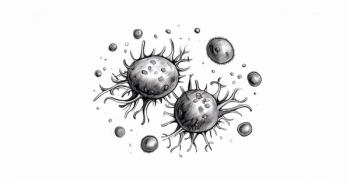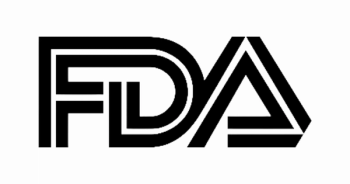
Predicting Cretostimogene Grenadenorepvec Response With Urinary Genomics
Colin P.N. Dinney, MD, discusses updated translational analyses from the BOND-003 and CORE-001 trials.
Colin P.N. Dinney, MD, lead study author and chairman of the Department of Urology, Division of Surgery, The University of Texas MD Anderson Cancer Center in Houston, discusses updated translational analyses from the BOND-003 (NCT04452591) and CORE-001 trials (NCT04387461), investigating the role of urinary genomic disease burden (uGDB) profiling in assessing response to cretostimogene grenadenorepvec in patients with BCG-unresponsive non-muscle invasive bladder cancer (NMIBC).
uGDB, utilizing next-generation sequencing to detect bladder cancer-associated mutations and DNA alterations, has previously shown associations with recurrence and therapy response.
Cretostimogene is an oncolytic immunotherapy that selectively lyses bladder cancer cells with altered Retinoblastoma (Rb)-E2F pathways, subsequently releasing antigens and activating anti-tumor immunity, further amplified by its GM-CSF transgene. The FDA granted cretostimogene grenadenorepvec fast track and breakthrough therapy designations for use as a potential treatment approach for patients with high-risk BCG-unresponsive NMIBC with carcinoma in situ with or without Ta or T1 tumors in January 2024.
The study included patients who received at least 1 dose of cretostimogene and underwent uGDB testing using the UroAmp minimal residual disease (MRD) assay. This assay employs deep sequencing of a 60-gene panel and low-pass genomic sequencing to identify aneuploidy. Recurrence risk scores, categorized as MRD-positive or negative, were calculated using a machine learning algorithm. While pretreatment uGDB, including prevalent mutations in TP53, TERT, chromatin-modifying enzymes, proliferation pathways, and aneuploidy, did not predict initial response, a significant correlation emerged at 13 weeks post-treatment.
At this time point, urinary MRD status effectively stratified patients, correlating with the 12-month complete response (CR) rate. Notably, both studies demonstrated a statistically significant reduction in uGDB in patients achieving CR at 3 and 6 months, according to Dinney, with follow-up data suggesting a durable treatment effect. The marked reduction in uGDB in patients salvaged by re-induction further underscores the value of this strategy.
Dinney concluded that the longitudinal reduction in uGDB is associated with favorable response and reduced recurrence risk.









































